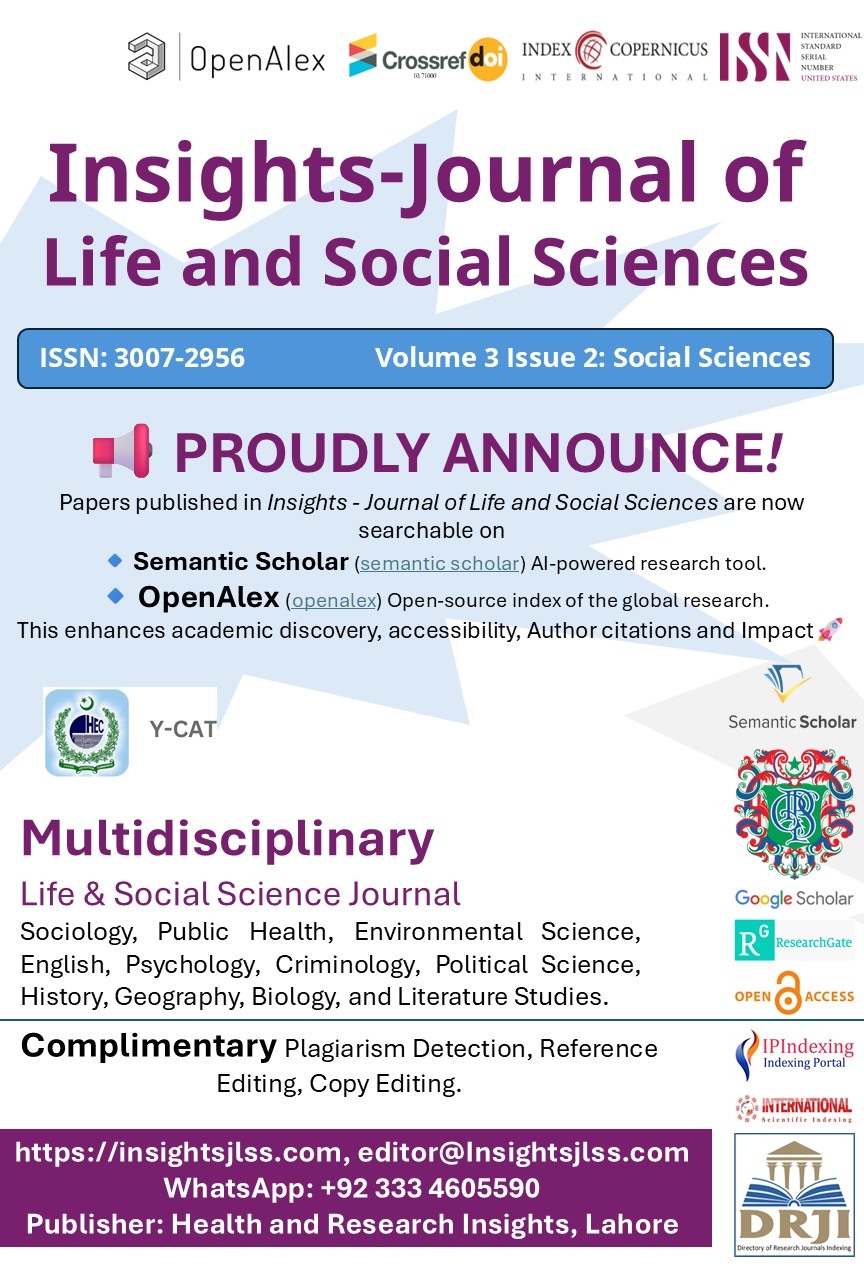TRENDS IN GLOBAL MALNUTRITION RATES BASED ON WHO AND FAO PUBLIC DATA. SECONDARY DATA STUDY
Main Article Content
Abstract
Background: Malnutrition, encompassing undernutrition, micronutrient deficiencies, and overnutrition, remains a significant global health concern. Despite various interventions, disparities persist across regions. Analyzing trends in malnutrition using publicly available WHO and FAO data provides insights into its evolving patterns and the double burden affecting both low- and high-income populations.
Objective: To evaluate global malnutrition trends using WHO and FAO data, identify regional disparities, and assess the shifts in undernutrition and overnutrition prevalence over time.
Methods: A secondary data analysis was conducted using WHO and FAO datasets from August to November 2024. Data on stunting, wasting, underweight prevalence, obesity, and micronutrient deficiencies were extracted for different regions. Descriptive statistics and repeated measures ANOVA were used to analyze trends, while Pearson correlation and linear regression assessed associations with socioeconomic factors. The study adhered to WHO classification criteria for malnutrition indicators.
Results: Stunting and underweight prevalence were highest in Africa (30.2%, 19.3%) and Asia (24.8%, 13.7%), while obesity was most prevalent in North America (36.2%) and Europe (27.8%). Micronutrient deficiencies were more pronounced in Africa and Asia, with iron deficiency reaching 42.3% in Africa. Over the past two decades, stunting rates declined significantly (p < 0.001), while obesity rates exhibited an upward trend (p < 0.05), highlighting the double burden of malnutrition.
Conclusion: Global malnutrition trends reveal a persistent divide between undernutrition and overnutrition. Targeted interventions are needed to address both extremes, ensuring sustainable improvements in nutritional health worldwide. Policymakers should focus on food security, public health programs, and lifestyle modifications to mitigate the malnutrition burden.
Article Details

This work is licensed under a Creative Commons Attribution-NonCommercial-NoDerivatives 4.0 International License.
